Last Updated on April 29, 2021
Welcome to our new Sunday series – What I Wonder When I Wander. The motivation behind this new series is simple. We really love providing you guys with first-hand experience, travel tips and hotel recommendations, but the fact is that becoming nomads is truly changing our lives. There are so many questions and observations that come up along the way, and we feel like it is important to share this, too.
This first post is about something that really makes us sick. Water. More specifically, bottled water. Around the world, where access to clean water can be scarce, we have to rely on bottled water if we want to continue to travel, but the number of bottles we go through each year is staggering, and my guilt is getting crazy out of control.
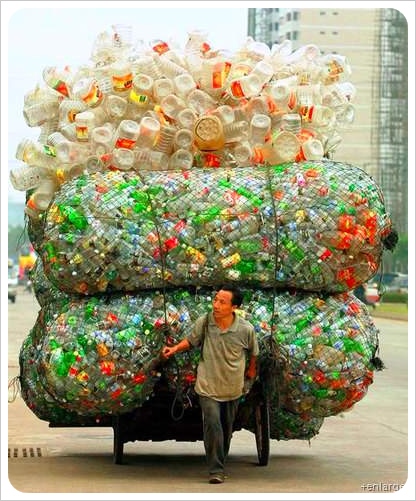
Water bottles (c) www.greenupgrader.com
To be honest, I did not even want to start researching for this post, because I already knew what I would find. I knew the facts would infuriate me. And they do.
- In the United States alone, people drink 9 billion gallons of bottled water per year, or 30 gallons per person.
- 17 million barrels of oil are used to produce plastic bottles annually – enough to fuel one million cars for the year.
- It takes 3x as much water to produce the bottles than to fill them.
- Bottled water requires less testing than tap water, and often there are no filtration or disinfection requirements on bottled water at all.
- Global consumption of bottled water increases at 10% per year.
Wading through plastic waste
Way back in August 2010, Dani and I were in the middle of enjoying an amazing speedboat cruise through Sumidero Canyon on the Grijalva river in the Mexican state of Chiapas when suddenly the boat slowed to a near stop. National park workers were strategically placing large logs in such a way so as to create a path for boat traffic through a sea of plastic bottles. Hundreds, no, thousands of plastic bottles had all collected here, washed down from the towns beyond the canyon. Wading through such a massive amount of garbage made a lasting impression (read about our experience here), and is the image that comes to mind each time I open yet another bottle of water.
If I had the choice, I would never drink bottled water again. Hell, at this point bottled water drinkers are the new smokers. It is absurd the way people carry massive water bottles while running errands, as though this was a Sahara, not a city with ample access to food, water and supplies. On a hike, playing sports, sure you need to hydrate. But am I the only one who remembers filling up those green Gatorade sports bottles at water fountains back in the day? When the only bottled water was Evian, or Perrier, and you were being a big fancy pants if you drank that stuff? In fact, bottled water is a manufactured demand – watch this video for a great explanation. The bottom line is, we never needed it, but can no longer imagine life without it.
If I lived in one place, I would buy the right filters and chug tap water all day long. But as a traveler, we can’t exactly saddle up to a sink in India or Guatemala and start gulping away. Oh no. We would just incur the wrath of Montezuma’s revenge or Delhi Belly.We would be too sick to ever really travel. According to these facts, 80% of all illness in the developing world comes from water-borne diseases.
So how many bottles do two nomads really use?
This has meant drinking countless bottles of water, and the guilt is starting to overwhelm us. The two of us together drink, on average, four liters of water per day, or
28 liters per week.
Assuming we only buy 1.5L bottles, that’s an average of
18 bottles per week.
Being as conscious as possible, we try to buy 5L jugs or re-fill whenever we can, so let’s knock that down to 15.
That’s 780 plastic bottles per year and over 1,560 since the start of our travels.
The image of Sumidero Canyon constantly flashes before our eyes, but the more we travel, the more we witness the way that the world is being buried by piles of trash dominated by plastic bottles. This becomes much scarier when you know that one plastic bottle will take 700 years to biodegrade. 700 years. The damage we are doing now is essentially permanent. Our oceans are filled with plastic trash. Sure, people are trying to do their part, but in the U.S., only 25% of plastic bottles are recycled. And that’s the good news. In places like Cambodia, most recycling is left to the youngest street kids, who go around collecting plastic bottles discarded on the beaches or in the streets. Dani always saved bottles, packed up a backpack filled with them, and practically stalked these little kids to give them all our bottles.
How is this healthier?
Remember Tom Hanks at the end of Castaway downing bottles of water? When we get to Europe or the U.S. after long stints in developing countries, I’m the same, only with my head – or in more refined moments, a glass – under the tap, slurping away. Tap water is more regulated than bottled water, anyway. It is cleaner and cheaper, all of which renders the entire exercise of drinking bottled water totally pointless.
So why is bottled water the second most popular beverage in the U.S.?
The perception is that bottled water is healthier than tap water, but that isn’t even true in places where you might expect it. In many places in Mexico, for example, tap water is perfectly safe to drink, but Mexicans are overly careful, making the country the second largest consumer of bottled water in the world, second only to the U.S. The Thai government now says that the water in Bangkok is entirely safe to drink as well, yet millions of tourists buy bottled water every day.
But the great thing about Thailand, is that the streets are dotted with water machines, which, for just pennies, allow access to clean, filtered water to refill 2L, 5L even 20L jugs at one time. This hugely reduced our plastic consumption – and our guilt. We saw similar machines in Malaysia, but nowhere near the same market penetration. Considering that bottling and shipping water is the least energy efficient method ever used to supply water, why are we not seeing more of these popping up around the world?
Blame the tourists?
Tourism is not a root cause of this problem, but the industry plays a role in large scale pollution problems with plastic, which then often ends up as trash in the ocean. The head of Cinque Terre National Park in Italy told the media last year that the influx of over 3 million annual tourists means 400,000 water bottles are strewn about per month in high season. Plastic water bottles have since been officially banned there, as well as at the Grand Canyon National Park, where no plastic water bottles are sold within the grounds now.
Hotels and guesthouses often offer free water refills, and some, like Campbell House in Malaysia, and Thai hotels Chaw-ka-Cher resort on Koh Lanta and the Bangkok Tree House all refilled plenty of glass bottles in the room each day so we bought less water on the streets. Many Ritz-Carlton hotels offer water to guests in ‘green’ bottles made of plant-based, biodegradable materials. Whether it is a guesthouse with free water refills or the Ritz Carlton, we are still at the mercy of each individual hotel’s policy, and still have to drink bottled water when out and about each day.
Taking back power over the plastic
I want more control over this issue than that. The grand scale of my active role in this pollution makes me sick. Then I multiply this by the two of us, then by the hundreds, or thousands, of nomads out there not to mention millions of vacationers. My head starts to spin.
Just before our trip to India, our friend Shannon casually asked if we wanted to take her Steripen with us. Apparently Dani had heard of this before, but I was new to the concept. Essentially a SteriPEN is a portable water purification system, and is as small as a (big) pen. It uses UV light to kill the microbes that make you sick. Shannon trusted it enough to use it throughout her travels to India, but this seemed too good to be true, like anti-aging creams. We just didn’t want to take the risk, not in India for the first time. (For her opinion, read Shannon’s full SteriPEN review here .)
But knowing that we are headed to Mexico in a few weeks, I wonder if we should pick up one up to test out. If we could almost entirely cut out our consumption of plastic bottles of water, it would be a dream and at least partially help to calm down this incredible sense of guilt growing in my gut the longer I travel.


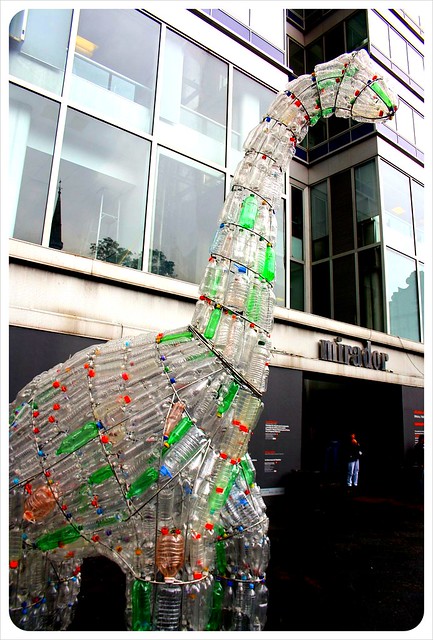
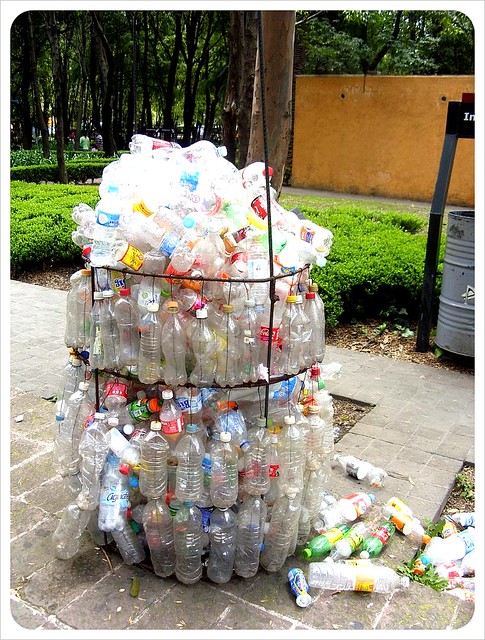
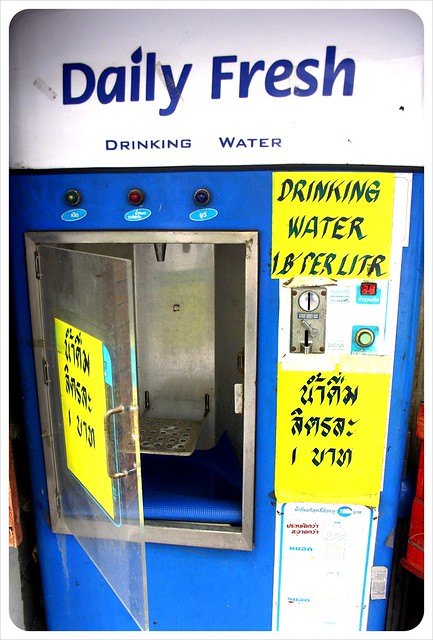
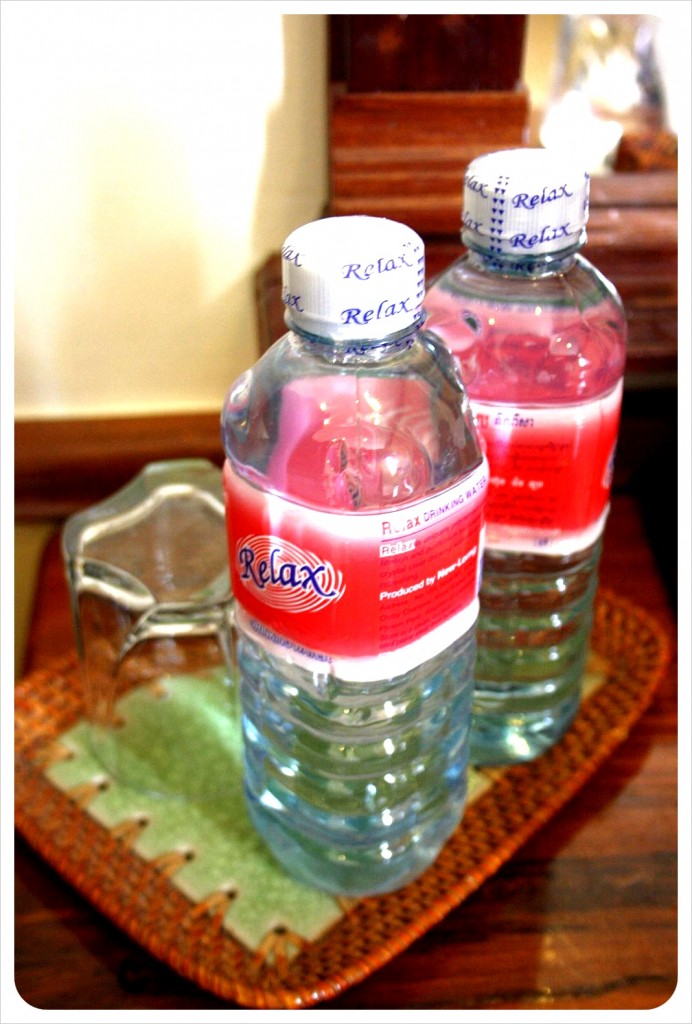
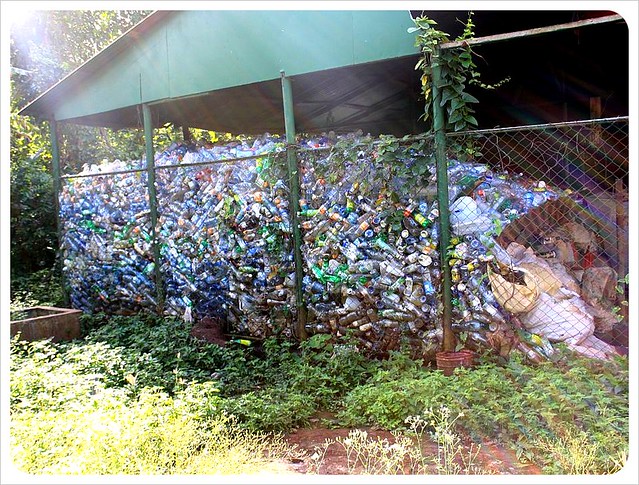

Olivia - young on the road
Wednesday 27th of February 2013
Tap water does have a different flavour to it, though. When I'm in home in Sweden or Australia this isn't a problem since the water is DELICIOUS! However in some countries (I think it was Spain? Or the hostel I was at, anyhow) the water did more harm than good to me when hungover. The taste of it made me throw up.
I guess that is what cordial is for?
Jess
Thursday 28th of February 2013
Hm, Olivia, that doesn't sound very good at all- though the water in Spain is fine to drink so am guessing this was something related to the hostel? Or maybe you got some food poisoning on top of a hangover? If you don't like how the water tastes somewhere, however, why not squeeze just a bit of lemon into it? Makes it taste fresher and is good for the liver (to help after a night of drinking for sure :) )
a decent alternative...
Monday 14th of January 2013
[...] be a decent alternative to drinking bottled water. I was inspired to write this post thanks to a recent article on Globetrotter Girls, about the environmental impact of plastic water bottles. The article [...]
Steve C
Tuesday 25th of December 2012
Just now saw your post on the water problem while traveling. I can't believe that not one of the posts by travelers has mentioned that they used a pump/ filter system.
Two of us traveled around the world for two years; never bought one bottle of water and never got sick because of bad water. We traveled with a small filter which had a couple of hoses and a small pump, all made out of plastic. It weighed about a half pound or so and filtered down to 2 microns (which filters not only bacteria but viruses too). We each carried a liter bottle in our day packs and made sure it was full each day as we left our room.
I know it works as one time on a trek in northern Thailand, I filled my bottle using my filter from a stream. After I was done, I noticed there was a family of big black pigs taking baths about a hundred feet up stream. No problem!
I've worked in the "water" business my whole life as an estimator/ project manager for a general engineering construction company. I've been involved with many water and wastewater treatment plants and know what it takes to make good water to drink.
Although these new UV pens do work, you have to start out with pretty good water, that is no "grains of sand" or small chunks of anything. A spec of sand can look small, but under a microscope, it can really look like a chunk of Swiss cheese. All these little holes can harbor bacteria and viruses. UV only works line of sight. It's like shining a flashlight into a hole. If the UV light doesn't shine directly on the little critters, they'll survive and you won't.
One thing about the filter is that it doesn't need batteries or need to be plugged into an electrical outlet. The longer you use it, the better it gets at filtering as a layer of filtered stuff collects on the inlet surface and over time, it will filter smaller and smaller debris.
So, I'm sold on traveling with a filter. You'll always have an endless supply of free water. It's a no-brainer! The only cost is to buy it to begin with. They'll set you back for less than a hundred bucks.
Dani
Friday 28th of December 2012
Steve - you are right that there are surprisingly few people traveling with water filters or talking about it! I have to admit that I feel bad that it took us so long to start using water filters. We wasted way too many plastic bottles on our travels! Now, we are trying to convince people all the time that they don't need to bring a small water bottle everywhere they go and how much better a re-usable water bottle is. SteriPen is great though - I was very skeptical about how much bacteria it can really kill, but so far, we've not had any problems.
Julia
Saturday 21st of July 2012
Hello ladies again!! Thank you so much for writing this post. This was something I struggled massively with in India. I haven't heard of the SteriPEN..it sounds like a dream come true. I hated,hated buying bottled water and wherever possible I boiled my own for over the minutes,with no problems or I used water purification tablets I had taken packets of with me. Just drop one or two of these wee lil tablets in a 1.5L bottle of tap water shake it around a bit and after 5 mins or maybe 10 voila drinkable tap water in INDIA!! I used them all over India with no problems. My guilt of plastic bottle mountains that I collected everyone of when I stayed in Goa for some time,working in The International Animal Rescue Centre there as a volunteer...really got to me. I saved them all up...but couldn't find any where to recycle them. They eventually got burnt!! Not by me. Infact I collected every piece of food wrapping,partly cos of the recycling issue and partly cos of the hilarity of some of the packaging and was going to bring it all back with me...3 whole months worth to the UK for an Art project I had in mind to cover a Tuk Tuc with!! Hehe! For reasons I won't go into here..I never got to bring all my rubbish back! Hmm but anyway I digress. Great article. I suggest water Purification tablets as an alternative too. But this PEN sounds amazing! Thank you. I will definitely be getting one on my next trip to India or wherever. You really don't want to get Delhi Belly as I did the first time I went to India in 1995... It really is vile. My sister and I got it in Egypt too but the whole hotel had it...it was putrid,hearing the sounds of vomiting all night from neighbouring rooms,plus our own,not to mention" following through" in a restaurant in Sharm lololololol ! Oh the joys of travelling!! Thanks again xxxxx
Holly
Tuesday 17th of July 2012
Hey, just got around to writing a short piece about my experiences with the SteriPEN. Check it out on my blog here: http://bit.ly/ME5rMc